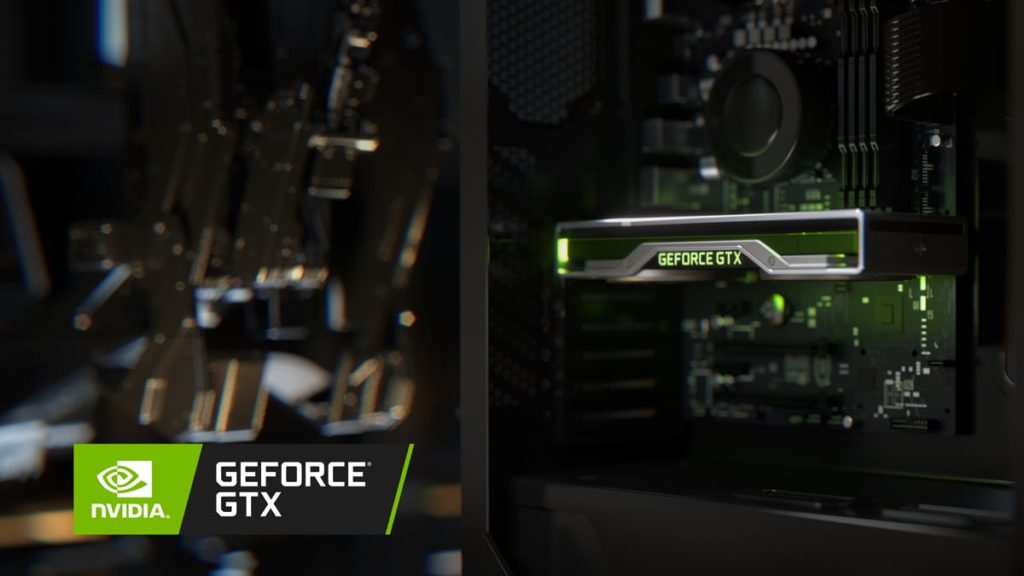
NVIDIA is planning to launch the GeForce GTX 1630 this Tuesday, according to an article shared by China’s IT Home that references a purported notice from Chinese manufacturer COLORFUL, one that lists June 28 as the graphic card’s release date. The GeForce GTX 1630 is a budget-oriented graphics card designed for gamers that leverages the 12nm TU117-150 GPU and counts 512 CUDA cores, 4 GB of GDDR6 memory, a 1,800 MHz boost clock, and a TDP of 75 watts among its specifications. Complementary coverage from VideoCardz suggests that the GeForce GTX 1630 will carry an MSRP of around $150. The modern GeForce GTX 16 Series already comprises five desktop models, including the GeForce GTX 1660 Ti and GTX 1650 SUPER. Previous reports had indicated that the GeForce GTX 1630 was supposed to be released on May 31.
NVIDIA’s new GTX 1630 graphics card is said to feature a TU117-150 GPU with 512 CUDA cores. In comparison to GTX 1650, the memory bus would be limited to 64-bit from 128-bit, but the capacity would remain the same (4GB). The TDP of 75W should not change either, which means we are likely to see custom designs without external power connector and probably limited overclocking capability.
Some Chinese retailers claim that the initial shipment of GTX 1630 cards is already on its way and expected MSRP is around 1000 RMB (~150 USD). We have already reached out to our sources for confirmation on the launch date.
Source: IT Home (via VideoCardz)

